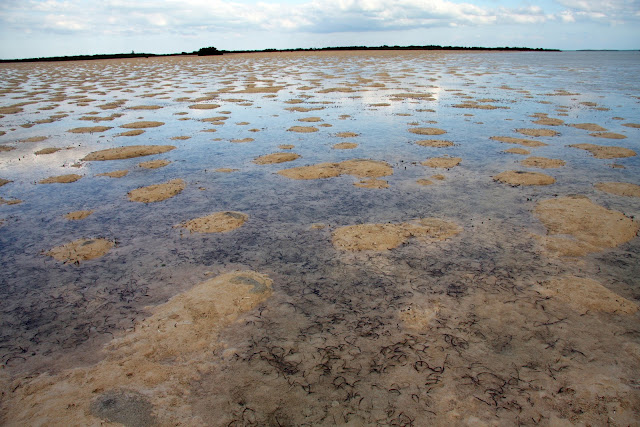In the ocean, the moon is at the controls. Pockmarks and all, the moon is the king. His subjects range from the smallest invertebrates to the largest fish and all the creatures in between.
On a spring tide, life is both better and worse for the bonefish. On the falling tide, they run around like Chicken Little. You can almost hear them say “the tide is falling”... “the tide is falling”. In the first moments of the rising flood, bonefish act the part of the Mad Hatter. They dash about chasing an appointment of which only they know the whereabouts. You can almost hear them mutter “I’m late, I’m late... I’m late for a very important date”.
Their cockiness on a newly turned spring tide drives them into absurdly shallow areas. All too soon, this surety is replaced with a paranoia brought on by the quickly receding waters. To make a mistake on a falling spring tide is to die. It takes only one miscalculation for a silver bullet to be left high and dry... now only fodder to be picked over by the blue crabs and seagulls. Life for a bonefish is a nervous repetition of fear and hunger-driven aggression.
I am often asked what is the best tide profile to choose for a bonefish trip. The simple answer is, “The best tides happen when you can go.” In other words, whenever it is possible to escape from the demands of family and work is great time to go. Bonefish eat whenever they can and on all phases of the tide and moon. It is also axiomatic that if you aren’t there, you sure as hell can’t catch them.... so anytime is better than none. Having said that, there are better tides than others. I often tell anglers that it can be tough to pick the best tides due to the variables of wind, barometric pressure and weather, but I can definitely pick a bad tide, so let’s start there.









